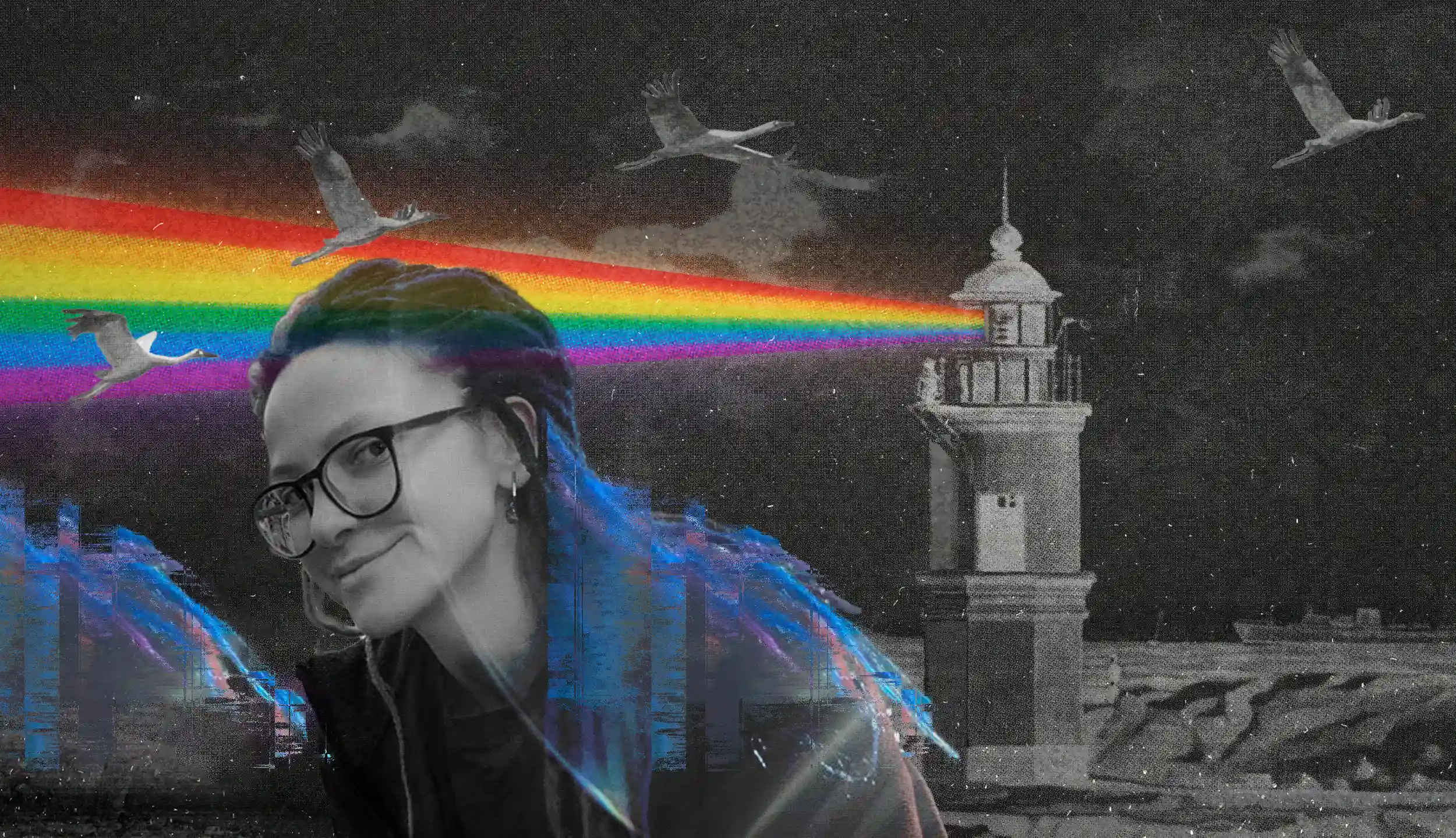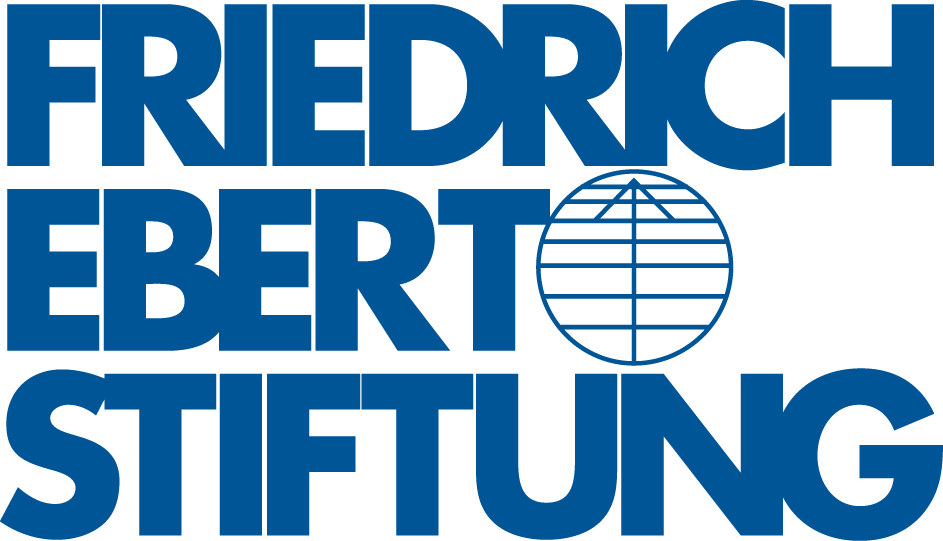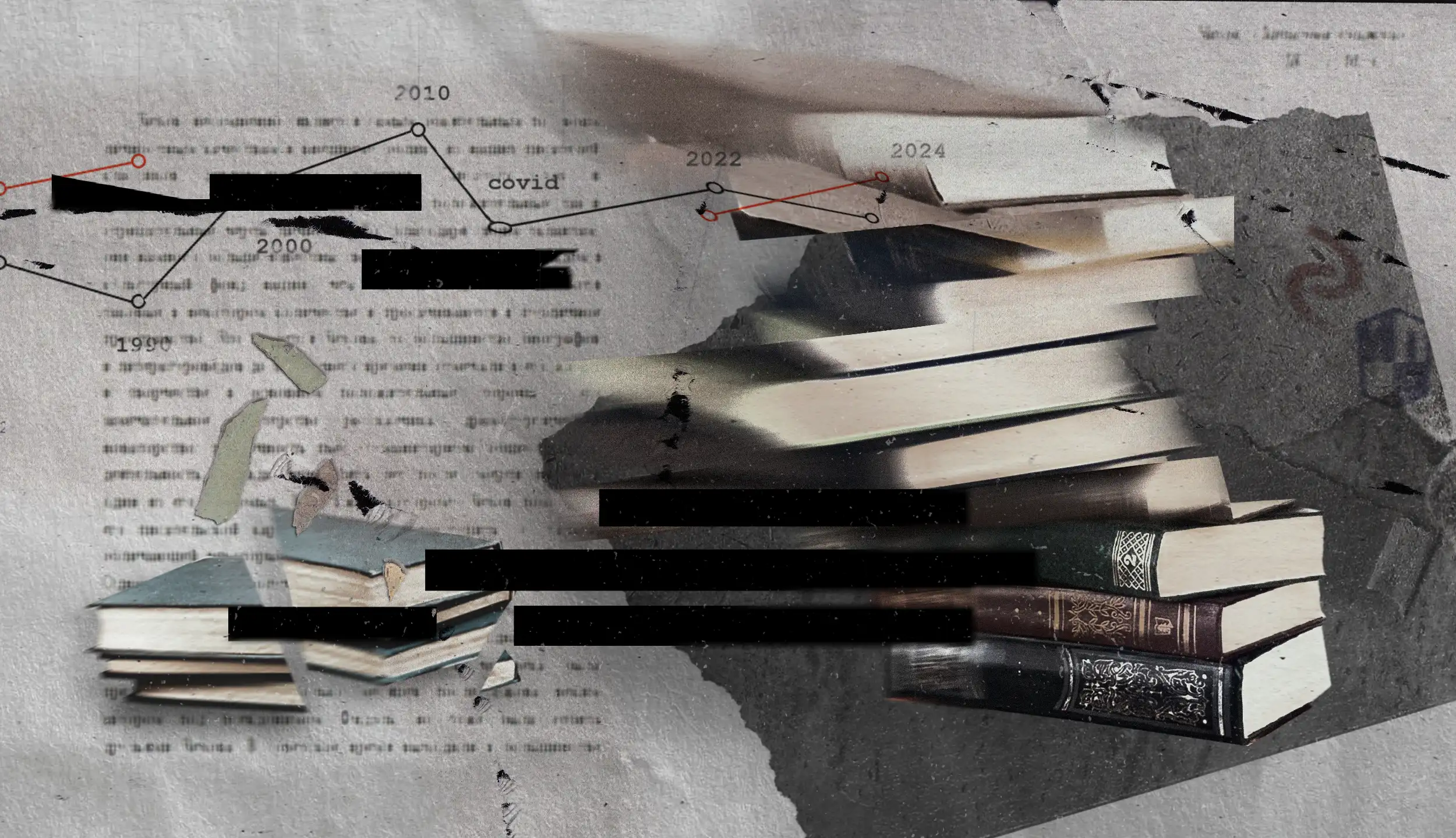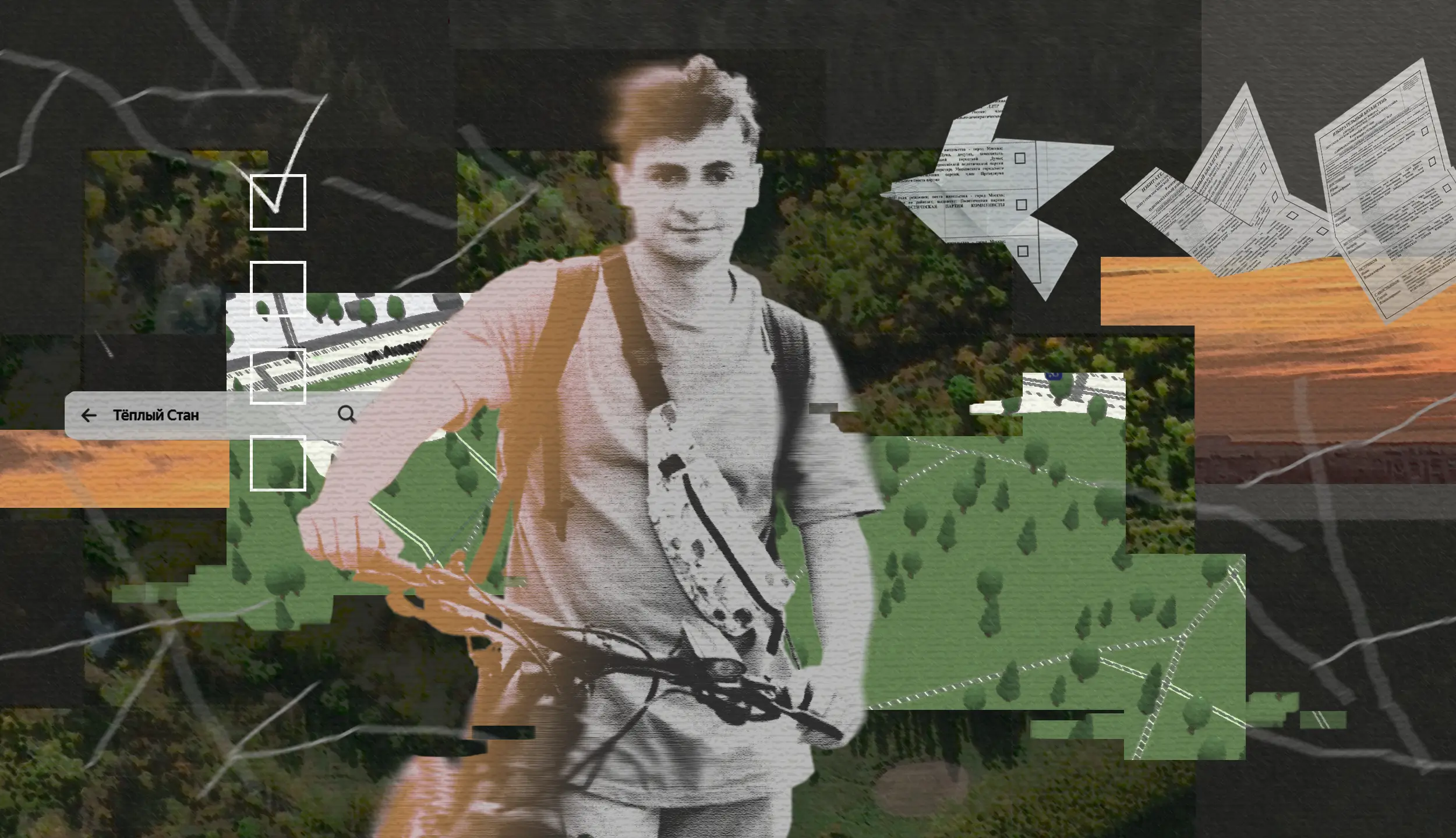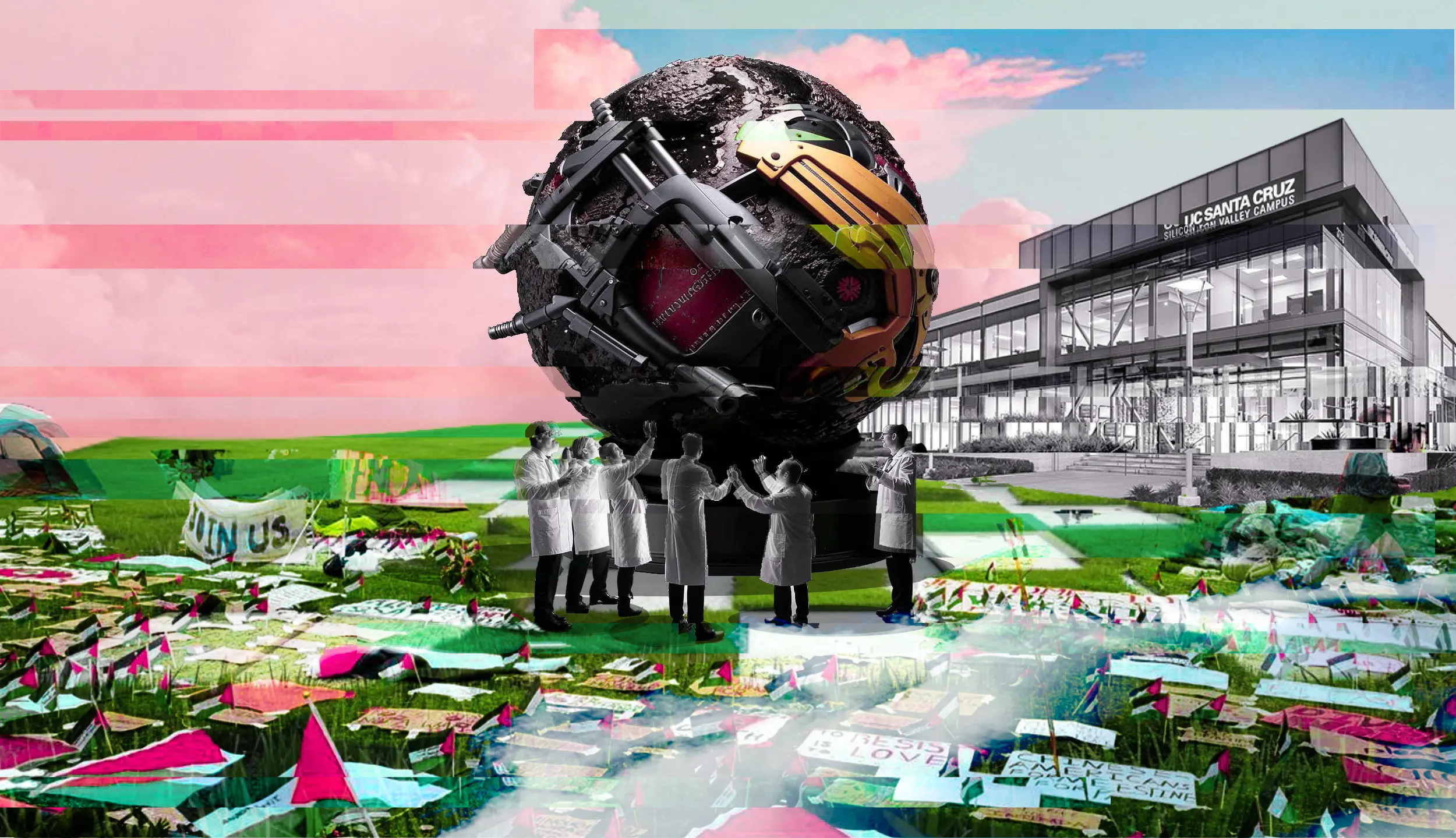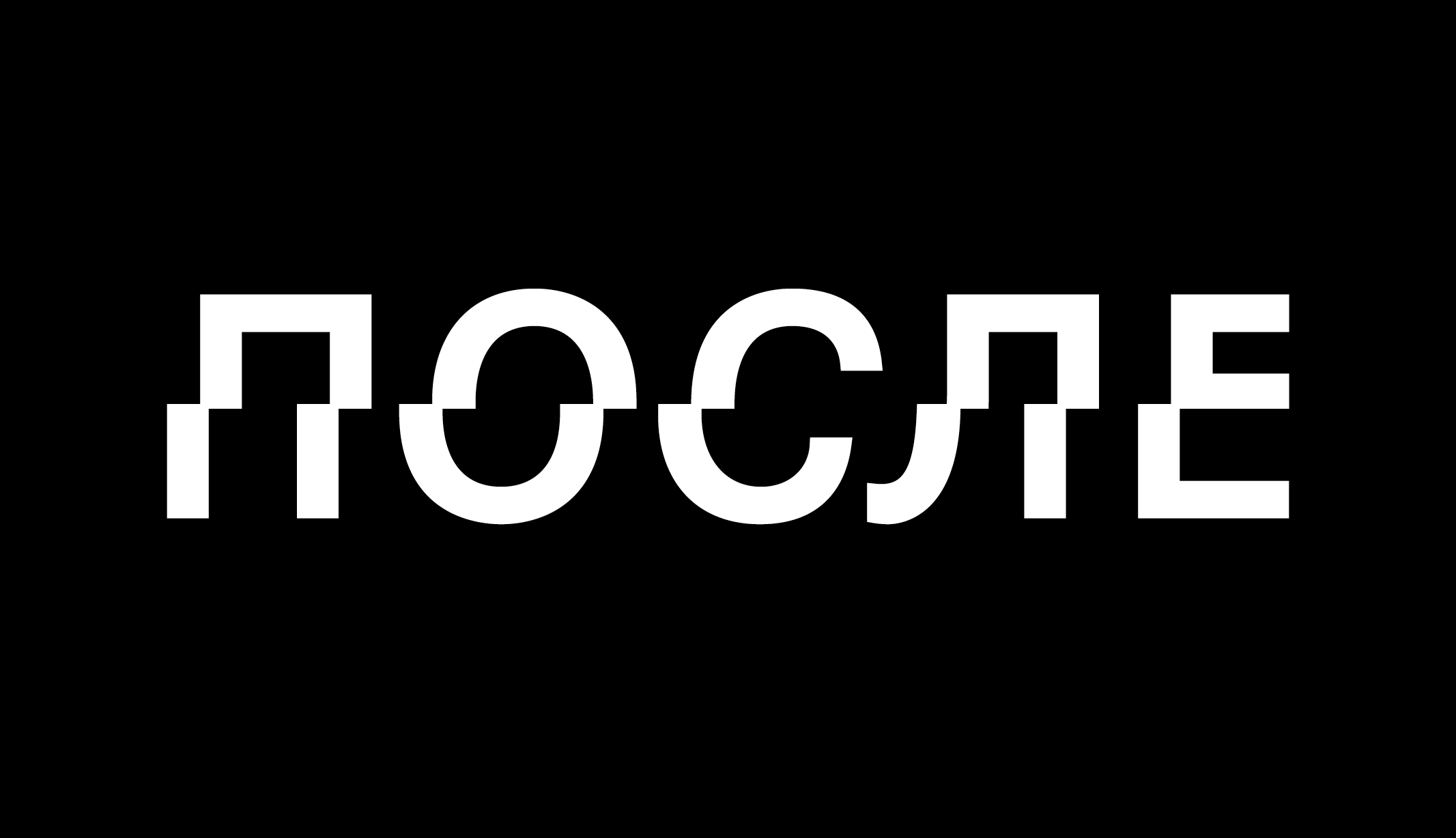In the last year, Irida, a small LGBTQ+ defense group based in Samara, was declared a “foreign agent.” Seemingly, they were identified before even their respected colleagues heard of them. The following week, an LGBT-Sports Society was also listed, despite having no involvement in political activities. In both cases, it appears that the Ministry of Justice was motivated by formal grounds, specifically, organized activities related to the LGBT+ theme.
The “foreign agent” label is a state tactic that aims to suppress and hinder the activities of organized groups and individuals within Russia, through strenuous requirements such as registering a legal entity, financial transparency and auditing, and mandatory labeling in public communications. Clearly, the internal bodies of the Russian Federation consider any organized initiative, any leadership or what they believe as such, a threat; making it currently unsafe for individuals to organize and work together in communities towards a common goal. This has led many to bitterly conclude that “all previous achievements are rendered meaningless in the face of destruction” and “this is the end of the LGBTQ+ movement.”
In reality, the inability to act refers primarily to public organizations and initiatives, while activist communities still survive in a semi-private mode. Even if the state is able to liquidate all public organizations, the LGBTQ+ movement cannot be reduced to them alone. Any form of organized activity can only emerge when there are objective conditions that allow for it. Even the “kitchen conversations” of Soviet dissidents (which were derided during the era of glasnost) and the meetings in so-called “safe houses” became possible because there was less police surveillance.
Over the past ten years, it has become commonplace to have a variety of organized activities. In turn, giving them up was disappointing. Doing so meant giving up useful resources. This discourse previously inspired the possibility that we unite by “any and all means” in the face of common misfortune and encourage “the right kind of activism.” This way of thinking remains prevalent today. However, this sentiment is not shared internally amongst activist groups. The discussion and normalization of these topics today enable us to pose the following question: could the absence of unity become politically productive and in what way? Answering this question implies redefining the term “activism” itself.
Those who sympathize with the regime perceive the people in the LGBTQ+ as a group with shared values. In this same way, the LGBTQ+ community is depicted in propaganda media, and internalized by the activists themselves. However, the idea of a united community, if ever relevant, has become outdated regardless of state persecution. Even the most inspiring slogans appealing to unity, in reality, face the complex problem of intra-activist hierarchy and unequal access to resources. Voicing these issues directly and learning to discuss them could help us find a solution.
United we stand, divided we fall?
Today, community, at least in relation to LGBTQ+, refers to an association based on a common ground of stigma: MOGII+ – marginalized orientations, gender identities and intersex. This is a theoretical group that does not exist in real life. MOGII+ is made up of a multitude of individuals who are not necessarily vulnerable, as well as communities that are far from being free from prejudice against each other. To the outside view, the difference between LGBTQ+ may not be obvious, but in the meaning, it encapsulates a spectrum of identities. Homosexual people may be biphobic, bisexual people may be transphobic, transgender men or women may not believe that genderfluidity or agenderism exists, and agender people may feel comfortable with heteronormativity.
In addition to sexual and gender identity, there are many other social identities and individual differences: in political views, domestic habits, musical tastes, family structures, and more. Even when people want to be among those who share their identities, it doesn’t necessarily mean that they will agree on everything. Disagreements can arise even within relatively homogeneous groups based on any of these differences. While the LGBTQ+ community is no stranger to being outcasted from society, long-time activists are often prejudiced against people both internally and externally. For example, in polemic debates, one may encounter a belief that there are “right” and “wrong” representatives and spokespeople of movements.
Moreover, it seems that those who criticize perceived social norms feel the pressure of their own claim to morality. There exist social norms and expectations, which are not always expressed directly, that demand activists and women activists lead by example, especially in matters concerning solidarity. The pressure to meet these unrealistic expectations within their community prevents self-criticism. Even if criticism is expressed, it often triggers emotional resistance and denial, creating a vicious cycle. When differences in opinions arise, activists tend to dismiss each other as either “insiders” or “outsiders” in their conversations. Such dismissal ultimately leads to the dominance of “mainstream” opinions and the marginalization of all others wherever it happens, and this process is, again, driven by the worn-out idea of “unity”.
For instance, in situations where an LGBT+ initiative collaborates with other initiatives, it may face requests to “temporarily shelve” its agenda as a “lower priority.” Nonetheless, the absence of LGBTQ+ representation at the agenda level can create the perception that the community is not contributing to the overarching cause, potentially diminishing its significance and weakening its influence.
This problem is apparent on a large scale: all civil rights are of equal importance and cannot be ranked. However, navigating this issue within local associations can be much more complicated. For instance, a city may only have one LGBTQ+ community, leaving individuals with a difficult decision to make. They must either compromise their interests for the sake of the common cause or withdraw from participation altogether. This often results in only the most comfortable individuals remaining in the local group. When many voices are not heard, it can appear as if there are no other LGBTQ+ individuals in the region, or even the country in some cases.
Sometimes, being an activist is the privilege of having access to a microphone. At the same time, it is almost impossible to become an activist without already having such access and important connections. This is how the activist community turns into a network, in which everyone knows everyone else and canvasses only among themselves, blacklisting all those who disagree.
This issue has been around for a while and outlives the current discussions surrounding it. For example, third-wave feminists strongly criticized the idea of universal sisterhood and drew attention to the fact that media feminist media only belonged to privileged, white women. The Soviet dissident movement is often synonymous with the human rights movement, but in reality, the movement was much more diverse than commonly acknowledged, with a multitude of dissenting voices. As revealed in testimonies from the dissidents themselves, there were internal divisions, with some being reluctant to identify as dissidents due to the label’s association with being an “intellectual from the capital.” Similarly, in 2016, Queerfest’s theme of “Seeing the Invisible” drew attention to the hierarchical structures present within the LGBTQ+ community, such as divisions based on geography, ethnicity, age, and other factors.
Intra-activist hierarchy and unequal access to resources are common problems in the formation of civic initiatives, and the reality within Russian society is no exception. Both individual activists and communities are working on this problem. Nevertheless, the issue remains relevant, especially in the context of Russia’s war against Ukraine.
We are the power here
Social and political crises succeed in two areas: involving new people in civic activism and highlighting general disunity. Thus, in 2020, in a groundbreaking global pandemic, the idea of freedom of assembly came into conflict with the idea of the need for restrictions for public safety. People who had previously been in solidarity found themselves in uncharted waters. This also happens as a result of gradual change. Once, the tradition for 17 May (International Day against Homophobia, Transphobia, and Biphobia) was to launch colorful balloons into the sky. Over time, as the stance of eco-activists became prominently represented, the action ceased to be appropriate for the whole community.
New individuals in activism are faced with both old and new problems. Whether peaceful actions work, or do we need to use direct action tactics? Is the Russian F-word a homophobic slur, or has it lost its original meaning? Can the objectification (including self-objectification) of women be used strategically? Each new person in activism answers these questions in their own way and may revise the opinion over time.
Subjectively, it is important for everyone to be part of a community that is perceived as a safe space or as a chosen family. Sometimes, internal disagreements feel like the destruction of one’s own home. “Criticizing one’s own group”, especially if it becomes known outside the conflict parties, not only makes vulnerabilities visible for those against the community but is also tactless to those closest to us and threatens relationships that we are interested in preserving. To initiate this process of open criticism, one needs to feel sufficiently separated from the community so that it is not perceived as a personal attack. It is crucial to have the sense that the current and future relationships will not be affected by criticism, and there should be no dependence on these ties, be it psychological or otherwise. Alternatively, one should have enough resources to overcome any negative consequences resulting from the criticism.
One can recall a couple of situations that happened within the team of the LGBTQ+ organization “Coming Out”. An accusation of harassment in 2019 and an accusation of abusive behavior in 2022. Both times, the discussion was initiated by people who were no longer part of the team. Some activists are open about problems of inter-activist hierarchy, transparency, ethics, etc. However, it seems that most cases of traumatic interaction never make it into the public space, even when impersonal.
Discussing internal differences is always a question of the distribution of power and privilege. In any group, there is group pressure, internal authority, and also, unfortunately, the realm of the “unnamed.”. The topics of which are discouraged from general discussions and debates. It is hardly possible to outline the actual taboos, but the public and unspoken rules somehow formalize the borders of this area in every single community. And every single conflict is resolved according to whoever has most influence.
The appropriation of power is not always intentional. Unequal status and unequal distribution of resources are not absolute and abstract faults that are detached from reality. However, in the model of hierarchical thinking, the opposing view is repeatedly suspected of an intention to appropriate power. The implication is that behind this particular criticism, there are ulterior motives of the opposition, which supposedly refuses to acknowledge the envy or desire for power. Particularly, the dissatisfaction with its own position in the hierarchy and a desire to climb to a higher level. This conspiracy model implies that these ranks exist objectively and are valued in the same way.
Whether you like it or not, the empire will rot
After the Russian-Ukrainian war entered an active phase, the disunity became more pronounced: with the discussions of those who left versus those who stayed, peaceful protest versus direct action, and collective responsibility. Prevalent accusations that the opposition has no leader or that the LGBTQ+ movement is more preoccupied with arguments within the community than with the united struggle. However, it is not possible to streamline activism in the same way that it is not possible to exasperate social issues.
The word “activism” itself is too vague; not necessarily expressing anything concrete. The actions of activists can be non-public (moderation of public space, digitization of letters of political prisoners, verification of lists of military deaths) or, in some cases, completely anonymous and partisan, such as directly excluding publicity. In this context, the question of whether a sound exists if no one hears it takes on political significance, as partisan activists may feel entitled to retreat from community discussions without consequence, effectively silencing their activist voice.
We can assume that even invisible activism involves an “act,” but calling people “activists” on the basis of regular action alone would also be misleading. Did I stop being an activist when I temporarily lay low after Russian officials searched my home? If with a decrease in income, the ability to donate has disappeared, can we say that “he was an activist but stopped supporting the cause because of the financial crisis”? If a person holds occasional events in her initiative group, is she a permanent activist or only “for particular occasions”? Activism is not job tenure.
Furthermore, activism is not always a deliberate “act.” In 2016, during the May Day march in Vladivostok, a group of young people was detained for displaying rainbow symbols. The media portrayed this as an LGBT+ public event, a manifestation of pride. In fact, it was my friends and I who were detained that day. And I can assure you that we had no intention to manifest whatsoever. We simply went out for a walk. It was only the perception of bystanders who saw our walk as a political action.
The question of distinguishing between an activist act and a regular act poses a challenge. Is discussing a certain topic with friends or choosing a graduation thesis related to one’s identity an act of activism or merely personal interest? The idea that the personal is political blurs the lines further. Perhaps there is no such thing as non-activist activity, only varying degrees of involvement. It is impossible to predict when and why an action will be labelled as activism.
All of these inquiries lead to the realization that activism is not solely an activity, but an intentional and active participation in a broader network. It involves being conscious of one’s surroundings and being willing to contribute and to make an effort when the opportunity and a supportive community are present. Even in the absence of favorable conditions, individuals may be considered “sleeper agents” waiting for their chance to participate in a shared cause, rather than completely dissociating themselves from it.
In this sense, the Russian LGBTQ+ movement cannot be deemed ended by particularly repressive legislation. While the context has changed, there are still individuals who persist in their activism and seek out new opportunities. However, it is unrealistic to expect all individuals, whether “sleepers” or “revealed” agents, to possess the same motivation and goals. This applies not only to the LGBTQ+ movement but to many civic initiatives. Identity formation is an individual process, and the LGBTQ+ movement has always been a collection of spontaneous individual voices, rather than a cohesive entity.
Although hierarchical systems may be perceived as a stronger threat in the model of hierarchical thinking, negative reactions are more often elicited by well-organized activities. Nevertheless, the ideological victory over the empire should not involve building a new, replacement empire. Rather than a hierarchical organization, an alternative “LGBTQ+ Russia” can be built upon a community-based model.
The Soviet dissident movement, including that of dissident women, serves as an example of effective resistance against state decree. However, they did not overthrow the regime, nor did they
possess a unified leader. Furthermore, the vast majority of the population was unaware of their activities due to media censorship. Nor did they become a significant political force. Yet, their main contribution was in developing a model for a future civil society, opposing the totalitarian system, with all its contradictions.
Resistance is the only solution
Some may think that dissent within a community often plays into the hands of the regime. In fact, the opposite is true: civil society is impossible without an open discussion and the representation of as many opinions as possible.
People tend to build hierarchical relationships because they are raised in them. It is logical to strive to create a comfortable environment for oneself in which everyone behaves accordingly. This is possible by creating a safe space, that is, an exclusive, organized space in which only people whose behavior conforms to the established rules — and if they don’t, they can be ostracized. However, in an inclusive community in which people are not arbitrarily included, there will inevitably be a clash of interests. It is not possible to expel anyone from the collective space and it is not possible to welcome anyone into it either.
In such communities, one should learn to negotiate rather than censor themselves for the sake of the idea of unity. The social contract can be reduced to a single aspect that nobody tries to deliberately offend other people. The obligation imposed by this social contract is not to force oneself to participate in toxic communication but (according to the same rule) to try to not cause offence in return.
In every particular project, there needs to be a distribution of roles, which means there is a hierarchy. But it should not exist outside of the project, including within each specific group. One can share an unpopular opinion. You can criticize ‘your own’. The restriction may not be on the opinion, but only on the ways and situations of expressing it, and even this ban may not be unconditional.
This is not a horizontal approach (horizontality is also the definition for specific governance relations), but neither is its atomization. On the contrary, what leads to atomization is a situation in which differences (ideological or personal) become an excuse for separation.
So what exactly can be done with this approach today? We can formulate three lines of action:
1. Represent ourselves and our interests. Each and every one of us is an independent outlet with its own audience. It is okay if your representation does not coincide with that of others, even if you agree with what your identity is called. The main thing is to try not to generalize and not to speak for everyone at once. Especially be careful to speak for those who you are not.
2. Focus on your personal capacities (what you can to do contribute) and team up with those who do the same.
3. Spread the word, but do not make it your mission to reconvince others. Share experiences and instructions (not “what” but “how”) to find those with whom to unite.
It is also important to share media platforms. For example, the Far Eastern social movement Mayak in Vladivostok can provide space for your project, even if it is not shared by 100% of the team. I can publish your opinion on my blog, even if I don’t agree with you.
The problem of unequal distribution of resources cannot be solved quickly, but you need to start by changing your own attitude to disagreement. This can help to overcome self-censorship by not reducing communication only to the measurement of “better or worse” and the pressure of personal authority.
Stigmatized groups, by virtue of their position, are sensitive to the language of hostility. War dulls this sensitivity by making hate speech legitimate. The LGBTQ+ community already has a superpower that will be useful for those outside the community. This power lies in the ability to recognize hate speech and channeling disagreements in a constructive way.
A lack of unity is a good signal. It means that there is freedom of opinion in the community and the opportunity to express it. The more legs a civil society has, the stronger it stands — and the more it can kick.

